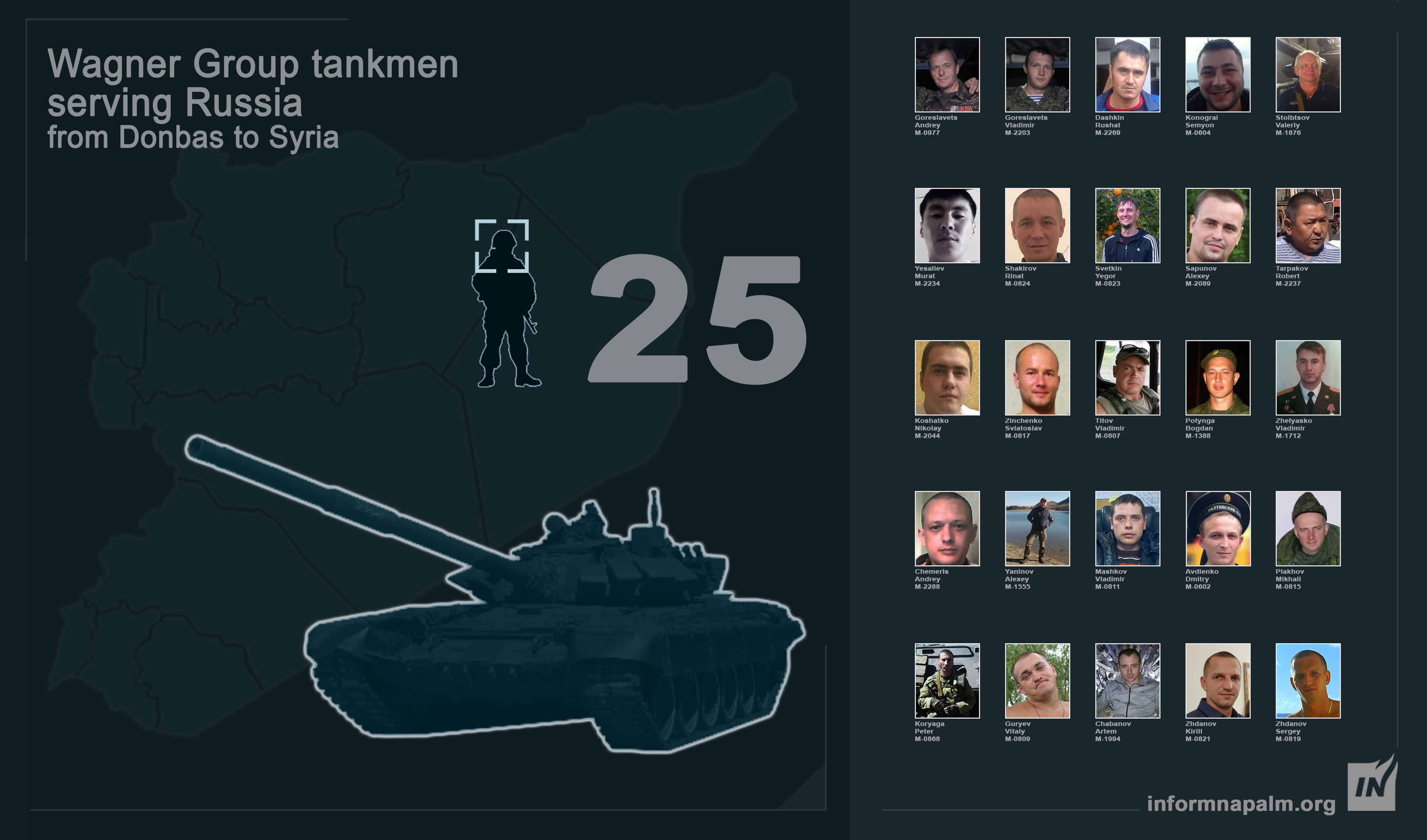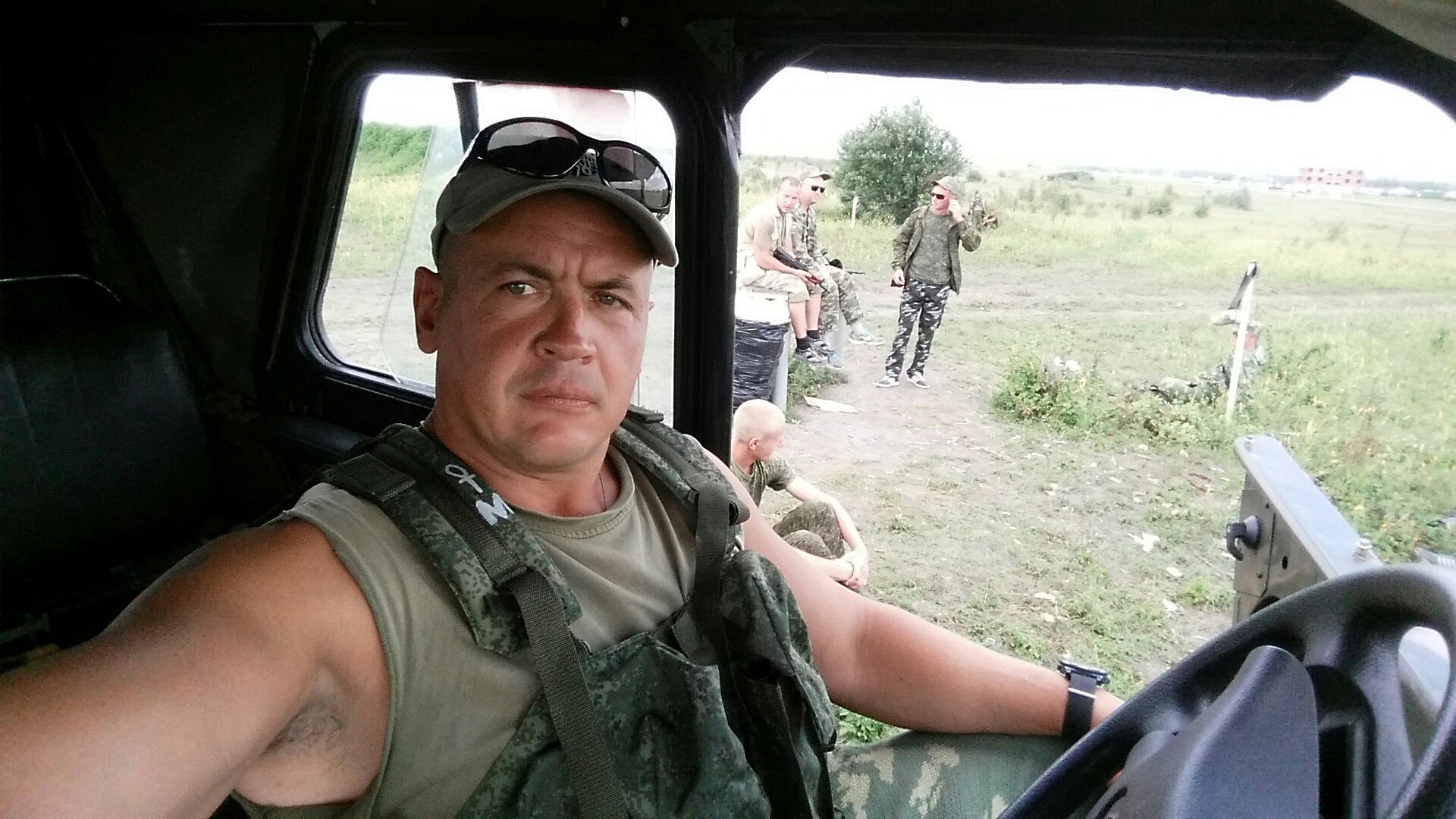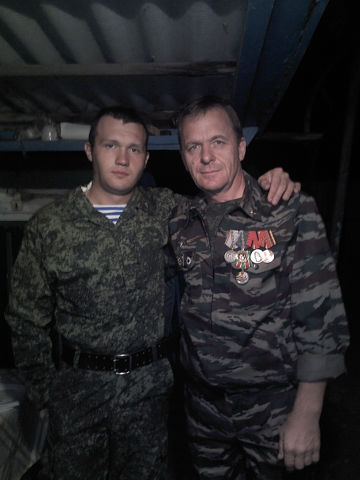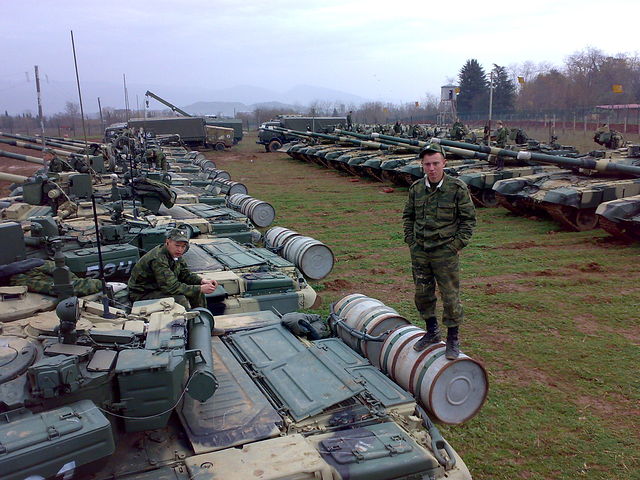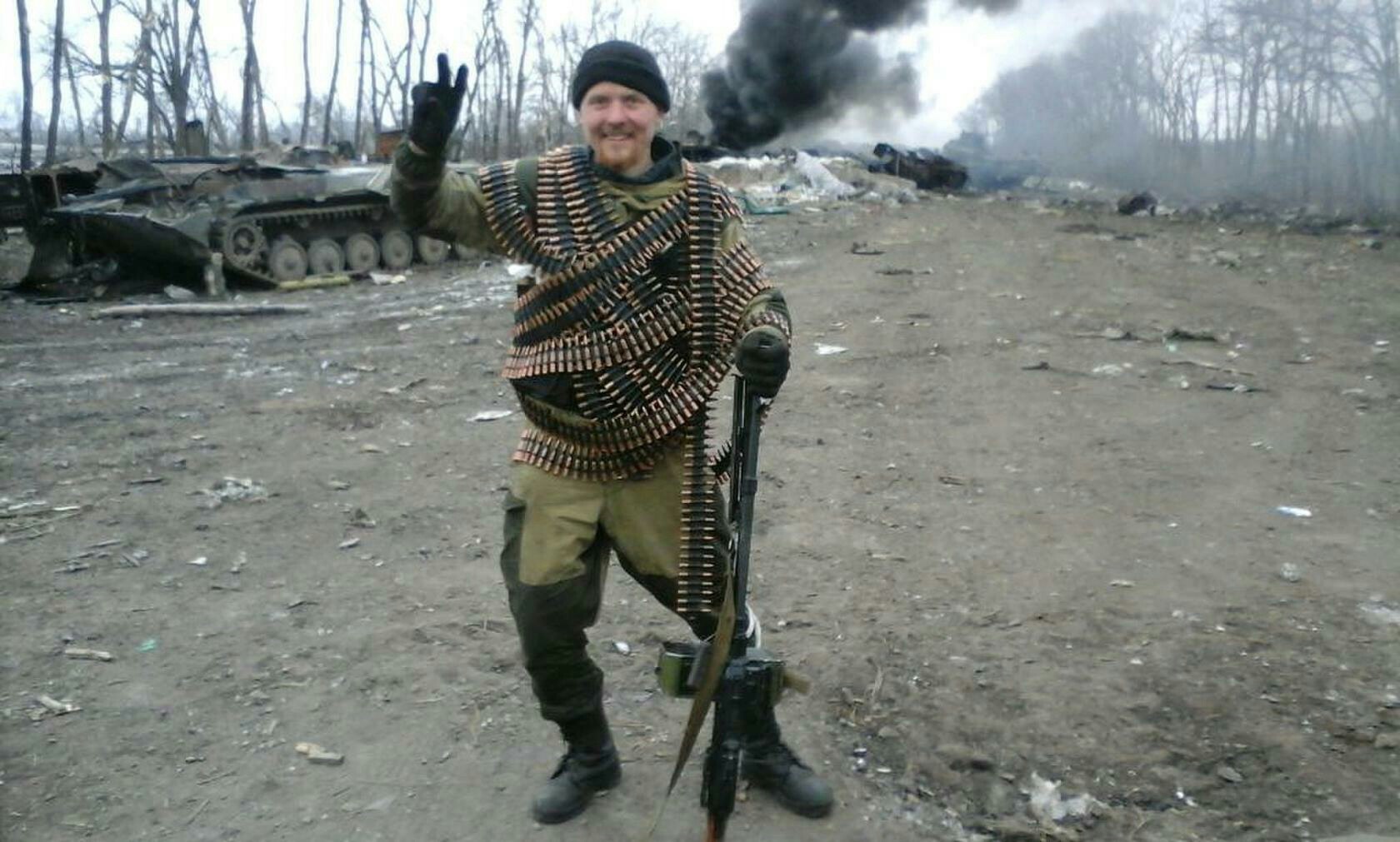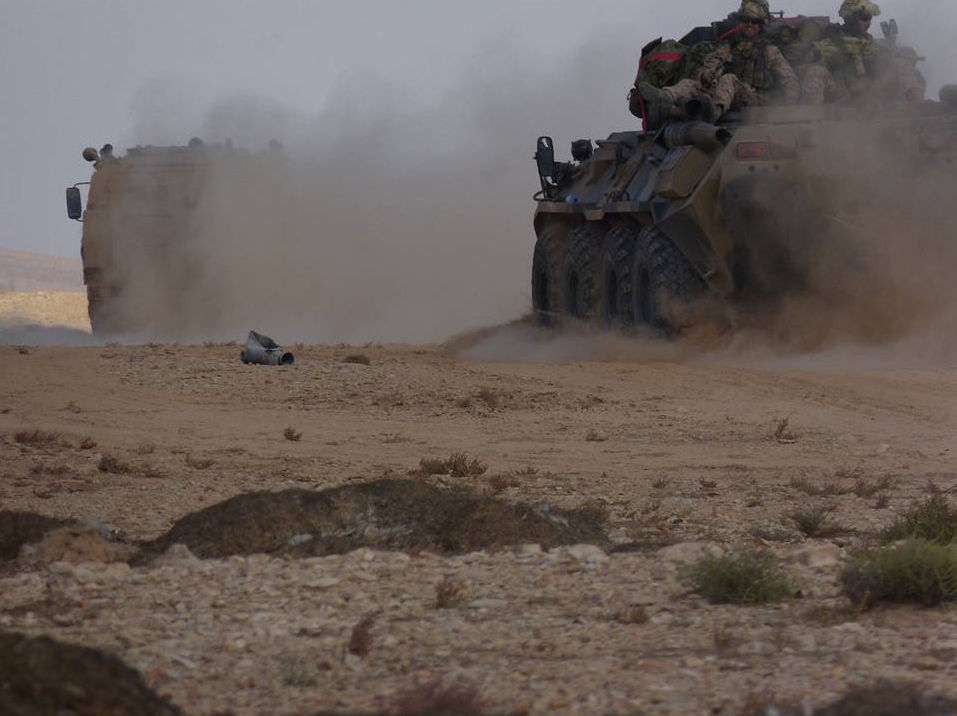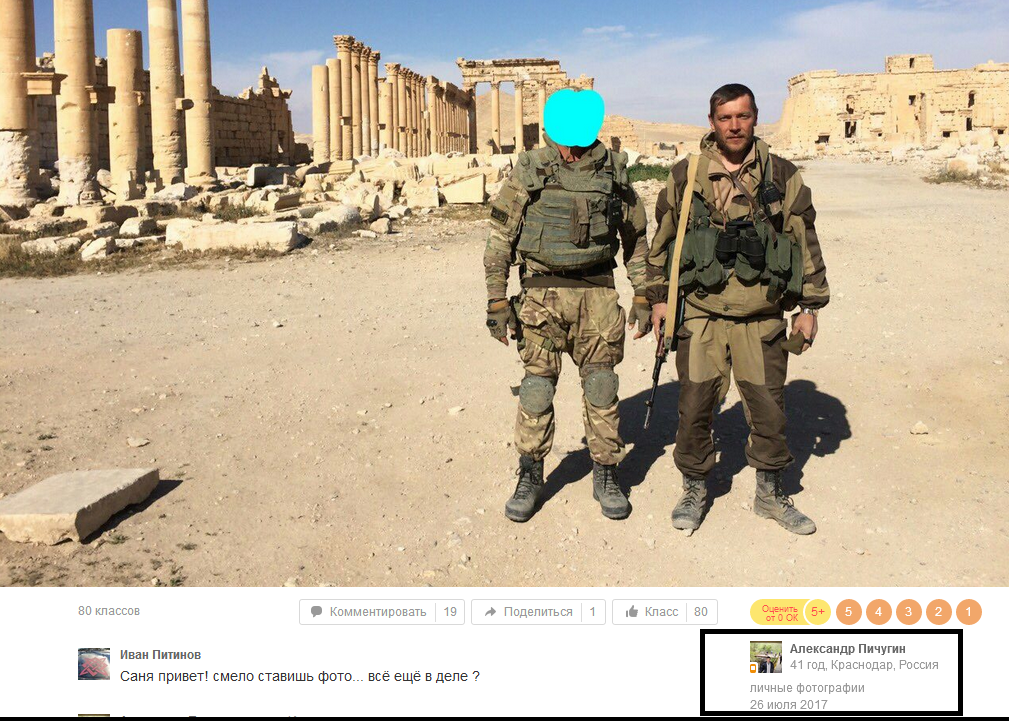The Inform Napalm, an international open-source investigating community, says it has identified dozens of Russian contractors serving with the infamous Wagner Group, a Kremlin-backed private military company currently running shady combat missions in Syria.
In two reports published on Feb. 22 and on Feb. 27, the activists identified up to 26 Wagner tankmen and more 20 artillerymen by analyzing social networks and leaked data on the Wagner’s activities in Syria.
“A share of the data was received from our insiders,” the InformNapalm activists claimed on their website on Feb. 22. “It was checked and supplemented by investigating open sources and combing through mail communications.”
In all, personal data on 25 Wagner’s tankmen and a POL (petroleum, oil, and lubricants) service head was revealed. The following infographic shows some of the alleged Wagner mercenaries identified by InformNapalm from social network accounts.
According to numerous independent reports on Feb. 7 Wagner Group forces and Syrian pro-regime troops were hit by U.S. forces airstrikes as they tried to advance against U.S. forces and U.S.-backed Kurdish forces deployed near an oil and gas facility west of the embattled city of Deir ez-Zor in western Syria. As many as 100 Russian mercenaries were reported killed in the attack, and another 200 were badly injured, according to Reuters, with many of those being treated at military hospitals in Moscow and St. Petersburg.
The Kremlin has consistently denied that Russian regular troops were injured or killed in the incident, although it has admitted that a number of Russian nationals may have been wounded.
Later, the Pentagon released video footage of the destruction of a T-72 tank by U.S. forces during the Feb. 7 battle. The InformNapalm activists say that they have not yet determined whether the identified Wagner tankmen were involved in the deadly incident.
In a second report published on Feb. 27, InformNapalm posted the personal data and social network photos of 20 alleged mercenaries serving with Wagner’s artillery unit of 2S1 self-propelled guns.
“The Kremlin uses the Wagner Group as an element of Russia’s hybrid war in Ukraine, Syria, and probably in the Balkans in the short term,” the activists stated on their website. “International mercenaries are united under the guise of the Wagner Group, but the basic core of this (force) is made up of retired Russian military servicemen carefully following orders from Russian high command.”
“They are trained on the basis of Russia’s 10th Special Forces Brigade, and are given awards signed personally by (Russian President) Vladimir Putin… (In Ukraine) the range of their tasks included the elimination of field commanders of militants who demonstrated independence. They get heavy weapons and equipment directly from the storage bases of Russia’s Defense Ministry.
“From the notion of ‘regular serviceman of the Russian Federation,’ they are distinguished only by the wording of the contract and the amount of pay, as well as with the fact that it is easier for Moscow to disown them.”
